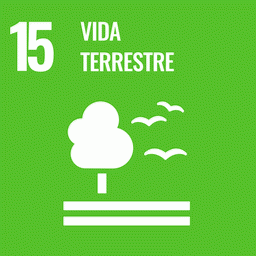Understanding the role of environmental conditions and geographic space on species distributions is a major goal of ecological studies. Here, we investigate the effects of soil properties, a native bamboo (Actinocladum verticillatum (Nees) McClure ex Soderstr) ground cover and geographic distance on species richness and turnover in the Brazilian Cerrado. We established three transects along a forest–savanna gradient (14°41′S and 52°20′W), from the lowland next to a stream to the top of a hill, where we sampled the woody plant community (DBH ≥ 3 cm), soil properties and ground cover of A. verticillatum. We evaluated changes in species composition with a principal coordinates analysis, and the effects of the environmental predictors on species richness using generalised linear models and on species turnover using generalised dissimilarity modelling. We found that species richness increases with K concentration in the soil and decreases with Zn concentration in the soil and bamboo cover. The predictors explained 62% of species turnover, with environmental parameters (soil properties, bamboo cover and altitude) having the most significant contribution (80%), followed by the spatially structured environmental variation (20%). The most important environmental predictors of woody species turnover were soil concentration of Zn, P and K, altitude, and bamboo cover. Changes in species richness and composition in the studied gradient were strongly associated with plot height, bamboo cover and soil content of K, Zn and P. Our findings indicate that nutrient availability and competition with bamboo explain vegetation structure and composition in this region.
Isolados por um fio: riscos impostos aos povos indígenas isolados
O Brasil é o país com maior número de povos indígenas isolados da América do Sul (Amorim 2016; IACHR, 2013). A Fundação Nacional dos Povos Indígenas (FUNAI) reconhece 114 registros da presença de povos indígenas isolados no bioma Amazônia e no Cerrado, destes, 28...

